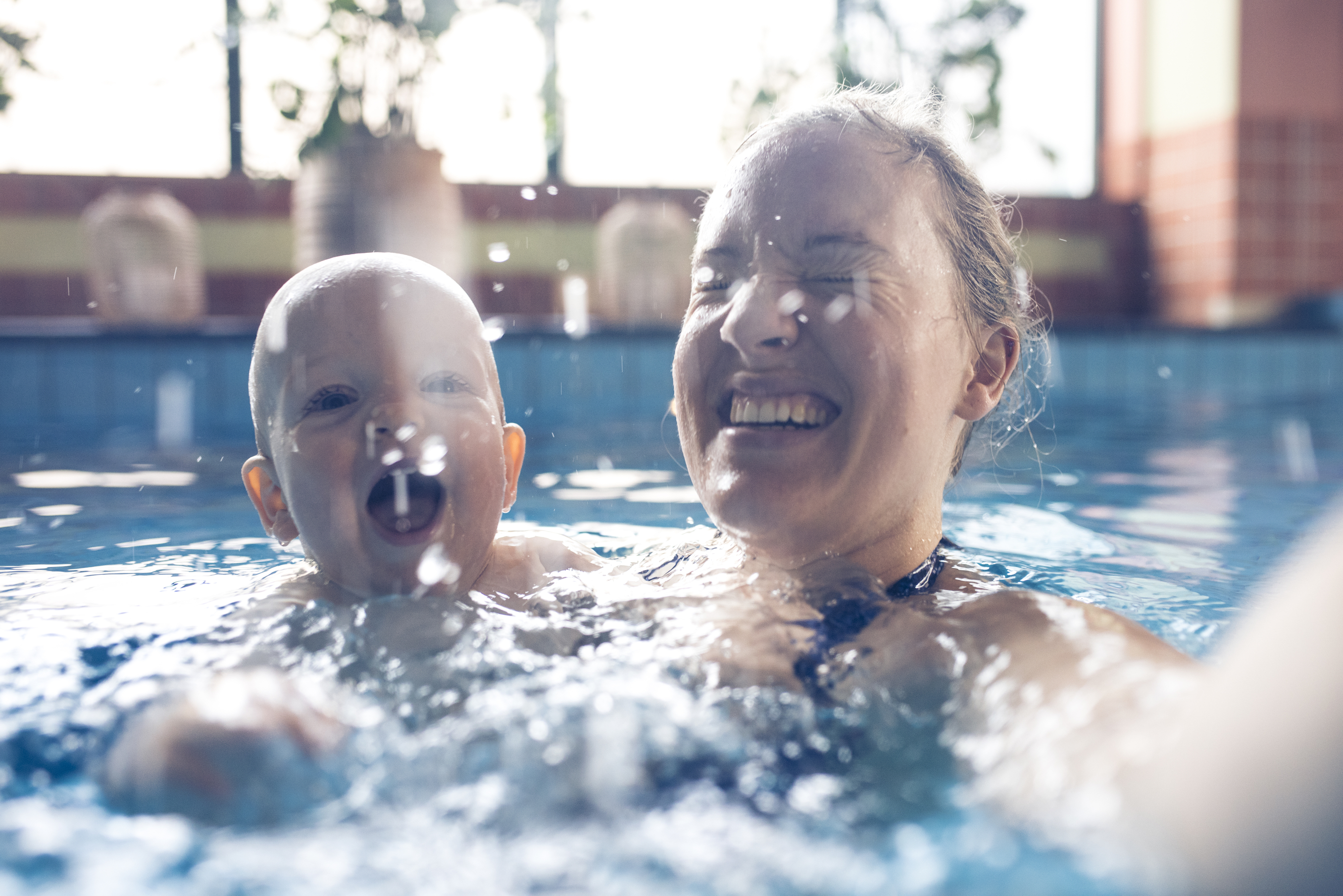-
Sensible post-natal exercise has abundant physical and emotional benefits, but it is daunting. It can also be hard to find the time and energy. And to know what type of exercise is appropriate.
It is understandable that new mums are often keen to get their bodies back in shape. But too much too soon can lead to aches, pains and long term regrets. It is vital to let your body recover from pregnancy and delivery, and progress your workouts gradually and wisely.
So let’s take a look at a how you can safely return to exercise, whilst optimising your health and enjoying your new baby.
“Listen to your body and progress sensibly. It’s a short time in the big picture.”
Foundations first
The early days and weeks after having a baby is not a time for diets, extreme workouts or putting extra pressure on yourself.
It is a time for nurturing your health and wellbeing, settling into motherhood and enjoying your precious little bundle of joy. One of your most vulnerable muscle groups is your pelvic floor.
Allowing recovery and gradual return of strength and function of your pelvic floor, rather than rushing into lifting and impact exercise will help you avoid being one of the one in three mums suffering from incontinence or prolapse.
Focusing on good posture, plus performing pelvic floor and core exercises three times per day is the key to helping you recover and re strengthen in preparation for a gradual return to a sensible postnatal fitness program. Progress to walking within comfort. Getting out and about with your baby is great, not only for your body, but for your mind too.
If you have any ongoing aches, pains or pregnancy or delivery related problems, such as abdominal separation, pelvic joint pain or incontinence, it is important to get specific advice from a women’s health physiotherapist and speak to your doctor before you progress your training regime.
Focus for the early days: pelvic floor retraining
Looking after your pelvic floor is an investment in your future.
You should try to incorporate 3 sets of pelvic floor muscle training throughout your day. These can be long holds or quick lifts. Both will help you with confidence and continence.
1. Long holds
Sit or stand tall, with your shoulders relaxed. Visualise the muscles that support your pelvis. Starting at your tail bone, lift and squeeze as though you are aiming to control wind, then bring this muscle lift through to the front as though you are trying to stop the flow when going to the toilet. Breathe normally and hold this strong lift for as many breaths as you can. Relax for the same number of breaths and repeat. Quality not quantity, if you can hold for just three breaths and do three times that is great. Aim to gradually increase this over weeks to 5 to 10 breaths x 10 reps.
2. Quick lifts
To give your pelvic floor the power to control when you laugh or sneeze practice a similar lift starting at the back , but lift through to the front over a second or two as tightly as you can and then relax and repeat as many as you can with good form. Aim to build up to ten.
More questions?
If you have any concerns about your pelvic floor or continence, seek advice from your local women's health and continence physiotherapist or the Continence Foundation of Australia help line 1800 33 00 66. For more information visit Pelvic Floor First.
For more advice on returning to exercise safely check out my book “Mums Shape UP”.
Get back into exercise after having a baby

-
Do you need an electric toothbrush?
Which toothbrush scrubs up best?
-
Dietitian, nutritionist or naturopath: What’s the difference?
Who should you see for professional dietary advice?
-
5 ways to eat healthy while travelling
Come home feeling refreshed, fit and energised.
-
How often should you get your teeth cleaned?
We spoke to Medibank Members’ Choice Advantage dentist Dr Jonathan Cichero to find out.
-
Daily habits for good oral health
Do you really need to floss? Is an electric toothbrush better than a manual one? Find out which habits to make (and which ones to break) for better oral health.
-
How to conquer your fear of the dentist
Dr Merrilyn Hooley's tips for a less stressful dental appointment.
Subscribe to receive the best from Live Better every week. Healthy recipes, exercise tips and activities, offers and promotions – everything to help you eat, move and feel better.
By clicking sign up I understand and agree to Medibank's privacy policy





